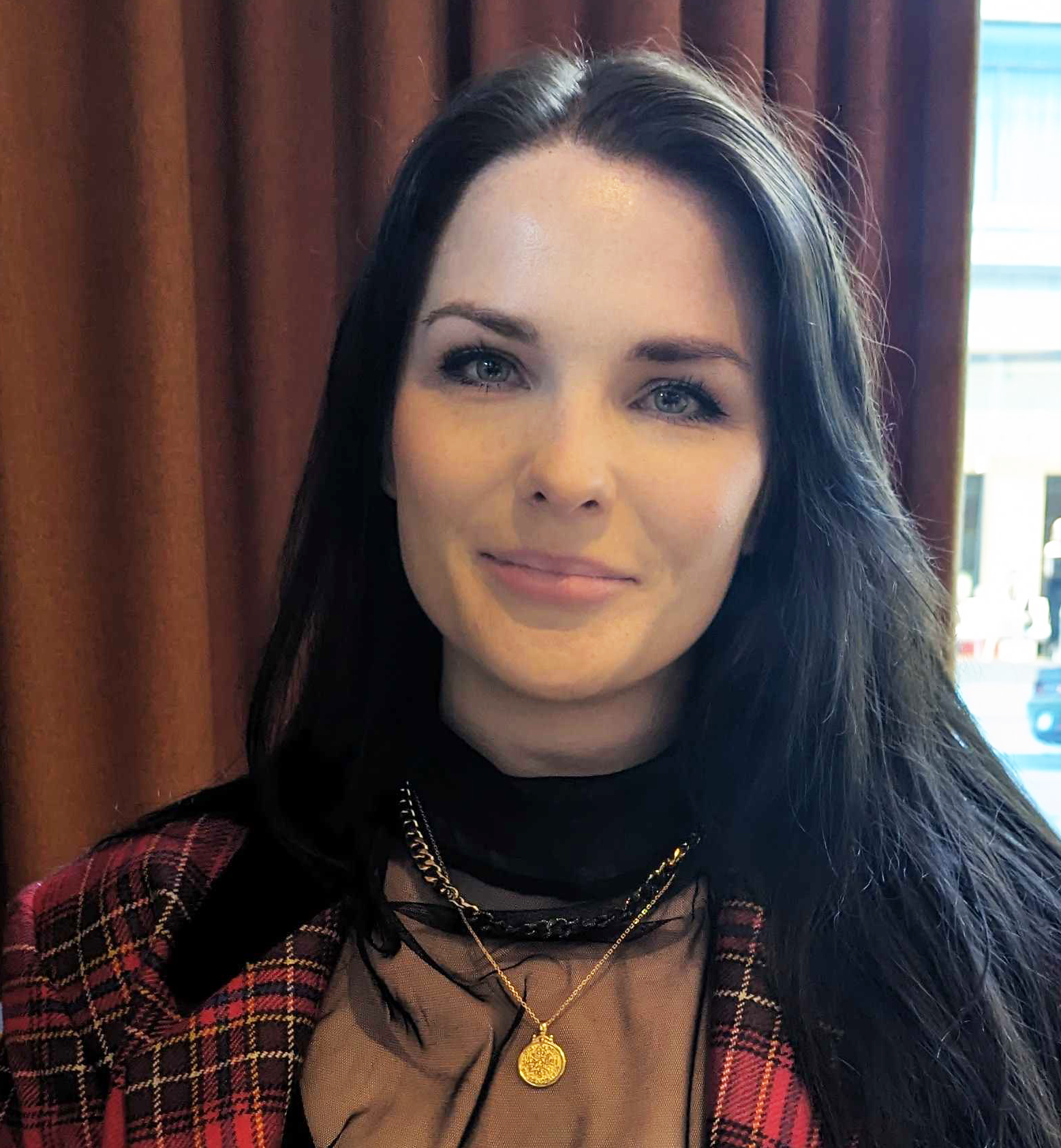Do you ever find yourself staring at a blank page, waiting for the next top lead-generating, sales-driving, and brand-boosting content idea to burst onto the screen... and freeze? Your mind locks up, and suddenly you can't even remember how to spell basic words or why you ever chose a profession in content creation (just me?).
In a time when internet users spend a whopping average of 415.5 minutes—or just under seven hours—per day online, churning out attention-grabbing content can seem an impossible task. If you find yourself stuck, ask yourself six simple questions using the 5W1H method.
What is Content Marketing?
Let's back up and go over the basics. The Content Marketing Institute defines content marketing as “...a strategic marketing approach focused on creating and distributing valuable, relevant, and consistent content to attract and retain a clearly defined audience — and, ultimately, to drive profitable customer action."
Why Is Content Marketing Important?
It's challenging to differentiate your business, service, or product in an increasingly crowded marketplace, but I don’t have to tell you that. What's important is that you understand the critical role content plays in the success of your business. Consider:
- 72% of business-to-business marketers say content marketing increases engagement and the number of leads they generate.
- To blog or not to blog? Organizations with blogs produce an average of 67% more leads monthly than those that don't.
- 47% of buyers view 3 to 5 pieces of content before engaging with a sales representative.
Creating Strong Content Using The 5W1H Method
"As a writer, a blank page will humble the hell out of you. It always does, and it always will." - Barry Jenkins
Blank pages (or stages or screens) never cease to intimidate even the most seasoned content creators. Make it easier on yourself by following a simple process to get great content ideas out of your head and onto (metaphorical) paper: the 5W1H (or Kipling) method.
-
Who?
-
Why?
-
What?
- Blogs, articles and guides
- Videos and video stories
- Infographics
- Templates and checklists
- Case studies
- Emails
- White papers
- Webinars
- eBooks
-
Where?
-
When?
-
How?
- Include engaging calls-to-action (CTAs) to invite readers to convert
- Optimize copy and images for SEO
- Spark interest with engaging visuals that add value for your readers
- Index your content on Google to ensure it's findable
- Use canonical tags (if you're on Sitecore, learn more about why your Sitecore site needs canonical tags)
Who are you creating content for, anyway? Note: it's not you, and it's not your business. Take the time to consider your audience at the outset of content development. Don't guess—pop the hood of your analytics and learn about who you're currently speaking to and which topics they're interested in. Analyze behaviour and other customer interaction data. Create detailed personas to define your customers' goals, characteristics, and pain points. Whatever you do, set aside any preconceptions you have about your current and prospective customers and do your research.
Why should anyone care about your content? Are you providing value? Solving a problem? A recent Brand Authenticity Report from Sitecore shows that 70% of Americans crave deeper, more personal connections with brands. And one of the best ways to forge those connections is through your content. More specifically, by making people believe in your content and, by extension, your purpose. Your purpose has nothing to do with dollar value or generating leads; it's why you do what you do.
What kind of content should you create? This isn't a "one size fits all" question. Go back to your audience research and look at the types of content your customers like. Different audiences expect different content, and to keep customers engaged, it's your job to find out what they want. For your most popular content, consider reproducing it in a different format, like a downloadable guide or infographic. Examples of content types include:
Don't put all your eggs in one basket. Keep your audience engaged and provide more value by diversifying the types of content you create.
There's a saying on the hockey rink: "Go where the puck is." While that might sound obvious, good content is nothing without an interested audience, and unless you're a top brand (meaning people seek you out), you have to go where your audience is. Are they on TikTok? YouTube? Twitter? Meet them where they're at and learn how to create compelling content in that space.
When should you publish your content? A general rule of thumb is to prioritize timely content like events, key messages, breaking news, or promotions. To align your content with trending topics, conduct keyword research and explore relevant, low-competition short and long-tail keywords with significant search volumes. By zeroing in on trending topics, you have an opportunity to earn a larger share of voice and increase traffic.
Like any content author, you want to see as many eyes as possible on your work. But how can you best do that? Put in a little extra legwork both before and after publishing.
Some of our tips?
During your next content planning session, consider the 5WH1 method. At the very least, I hope it helps you make a mark on that blank page.
Managing content doesn't have to be a nightmare.
Take control of your organization's entire content workflow with Sitecore Content Hub.
